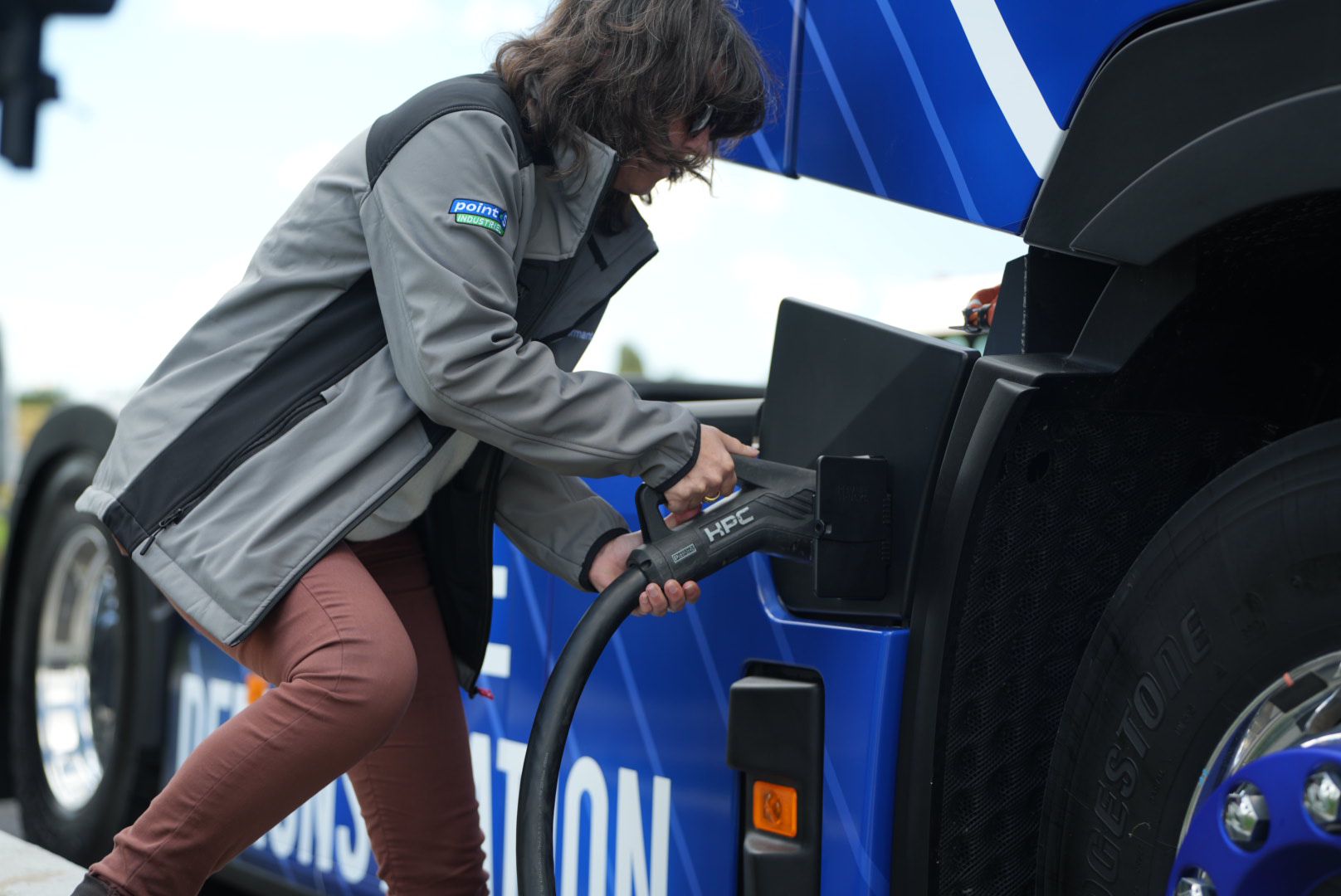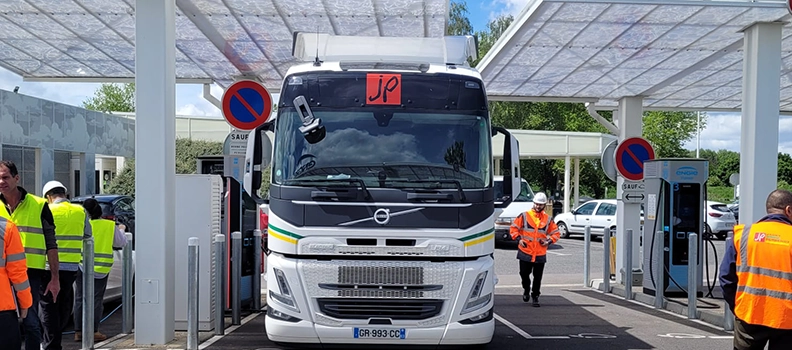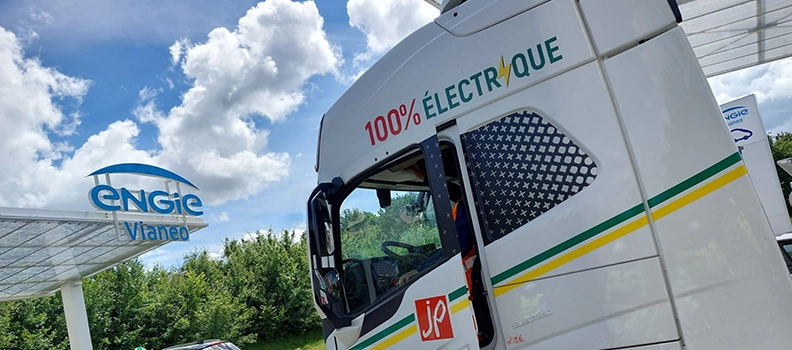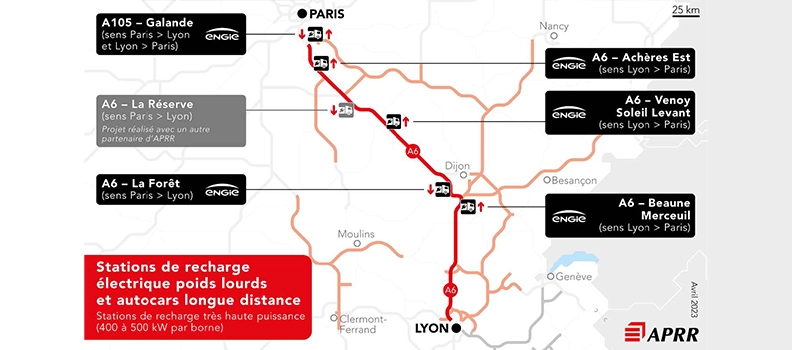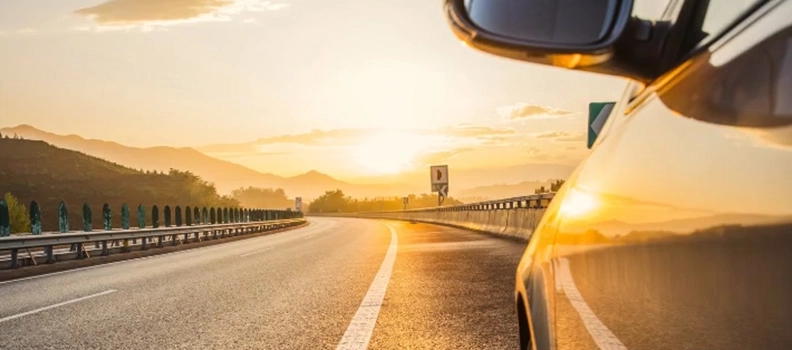European Mobility Week is an opportunity to give pride of place to an emerging but strategic market: that of heavy electric mobility. The energy transition for HGVs, which are closely linked to industrial logistics, is a major lever for decarbonising mobility and, more broadly, our societies. With its many constraints, it requires a 360° vision of the sector and cutting-edge expertise to offer dealers and hauliers turnkey solutions that accelerate the transition of their fleets. Arnaud de Frémicourt, ENGIE Vianeo, explains.

What are the challenges of deploying a highway network of charging stations for heavy trucks, a field in which ENGIE Vianeo is a pioneer?
The ENGIE Group is a leader in energy transition: so it’s only natural that ENGIE Vianeo, the Group’s brand dedicated to electric mobility launched on June 15, 2023, should aim to decarbonize road transport. Although heavy-duty mobility in France accounts for only 1.3% of vehicles, it is responsible for 27% of transport-relatedCO2 emissions. If we add in light commercial vehicles (LCVs), we exceed 40% of emissions. This represents a major lever for decarbonizing mobility.
On July 25, the European Commission adopted the AFIR regulation. It calls for the installation of charging stations adapted to heavy goods vehicles, with a minimum capacity of 1,400 kW. These stations will have to be accessible every 120 km on main routes by 2028, and every 200 km on secondary routes by 2031. Today, although increasingly powerful electric trucks are coming onto the market, recharging infrastructures are still in their infancy, which is slowing down the adoption of these vehicles by hauliers.
At ENGIE Vianeo, our aim is twofold: we want to convince both dealers and hauliers to begin the transition of their fleets as quickly as possible. Convince dealers by offering them reliable, safe and comprehensive solutions for setting up charging stations dedicated to heavy goods vehicles at their freeway service areas. And to convince hauliers by deploying a network of high-power charging stations in advance, with a nationwide coverage and roaming capabilities, so that they can begin the conversion of their fleets with peace of mind.
What are the prospects for deploying these stations dedicated to electric heavy trucks on the highways?
We have developed a 360° vision of the installation of stations dedicated to electric trucks. Our contribution doesn’t end with the installation of suitable charging stations: we’re involved in everything from market research to energy supply, from estimating traffic flows to station design and local networking.
It’s important to realize that the transition to heavy-duty mobility goes far beyond the question of autonomy alone: the trucks coming onto the market have ever greater autonomy, reaching 600 km for the most efficient. But they also need to be able to be recharged, and to do so efficiently: for a haulier, charging time can quickly become a loss of efficiency, and therefore of profitability. That’s why we work closely with hauliers to understand their needs and come up with appropriate solutions: for example, we grid the territory so that charging time coincides with the statutory 45-minute break every 4.5 hours. To avoid bottlenecks and wasted time, we are studying solutions that enable carriers to book their slots in advance.
Finally, we have the strike force of a major energy group, capable not only of installing the stations but also of supplying them with energy, particularly green energy.
Although heavy electric mobility is an emerging market, we already have several deployment projects underway in France. On April 5, 2023, we announced the launch of a project with APRR to develop an ultra-high-power electric charging network exclusively for heavy goods vehicles: a first in France. 5 stations equipped with a 400 to 500 kW terminal, with two ultra-fast charging points and a back-up terminal, will be installed so that trucks can cover the entire distance between Paris and Lyon in both directions.
We are also working with transport companies to open up corridors on various motorways. For example, we recently carried out trials with Transports RAUD to study the feasibility of setting up dedicated stations at existing rest areas: terminal compatibility, accessibility, user safety, etc. The tests were conclusive, enabling us to anticipate future flows and confirming ENGIE Vianeo’s ambition to accelerate the transition to low-carbon mobility.
